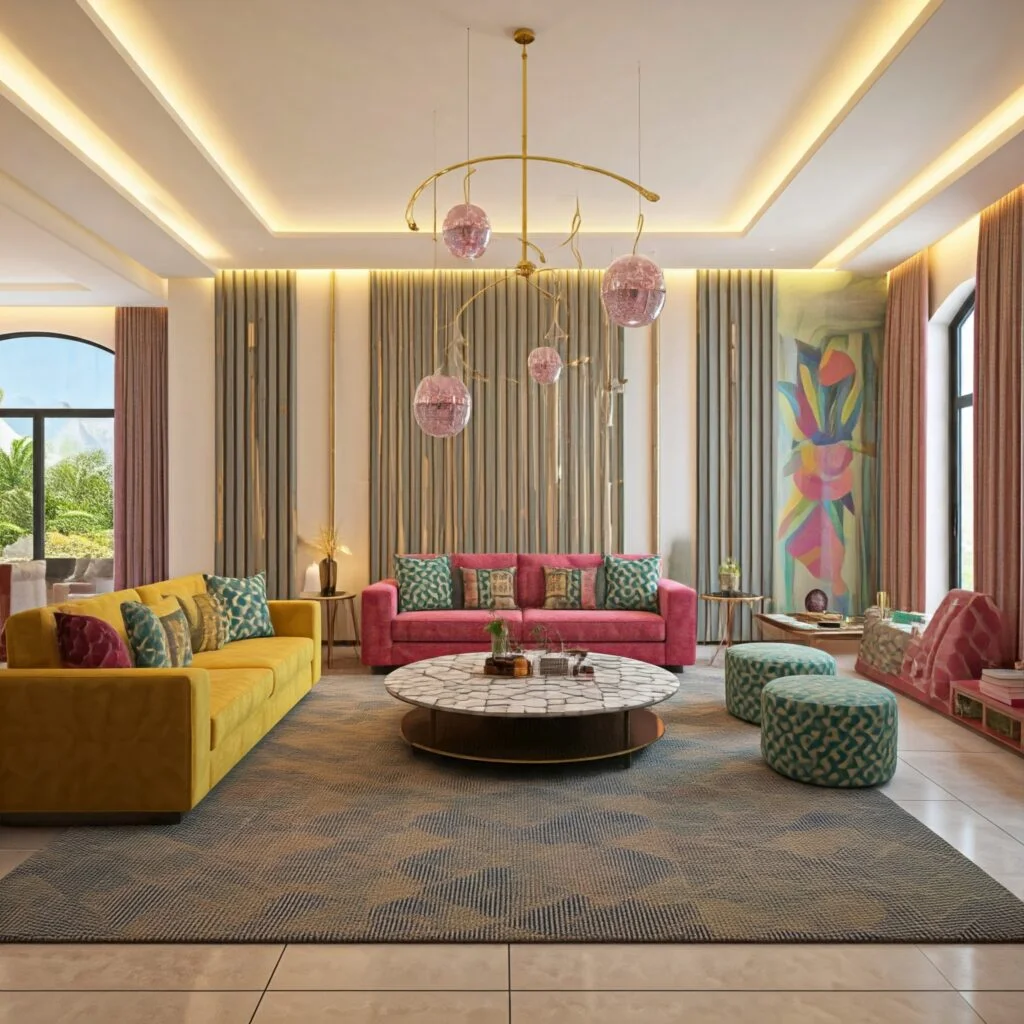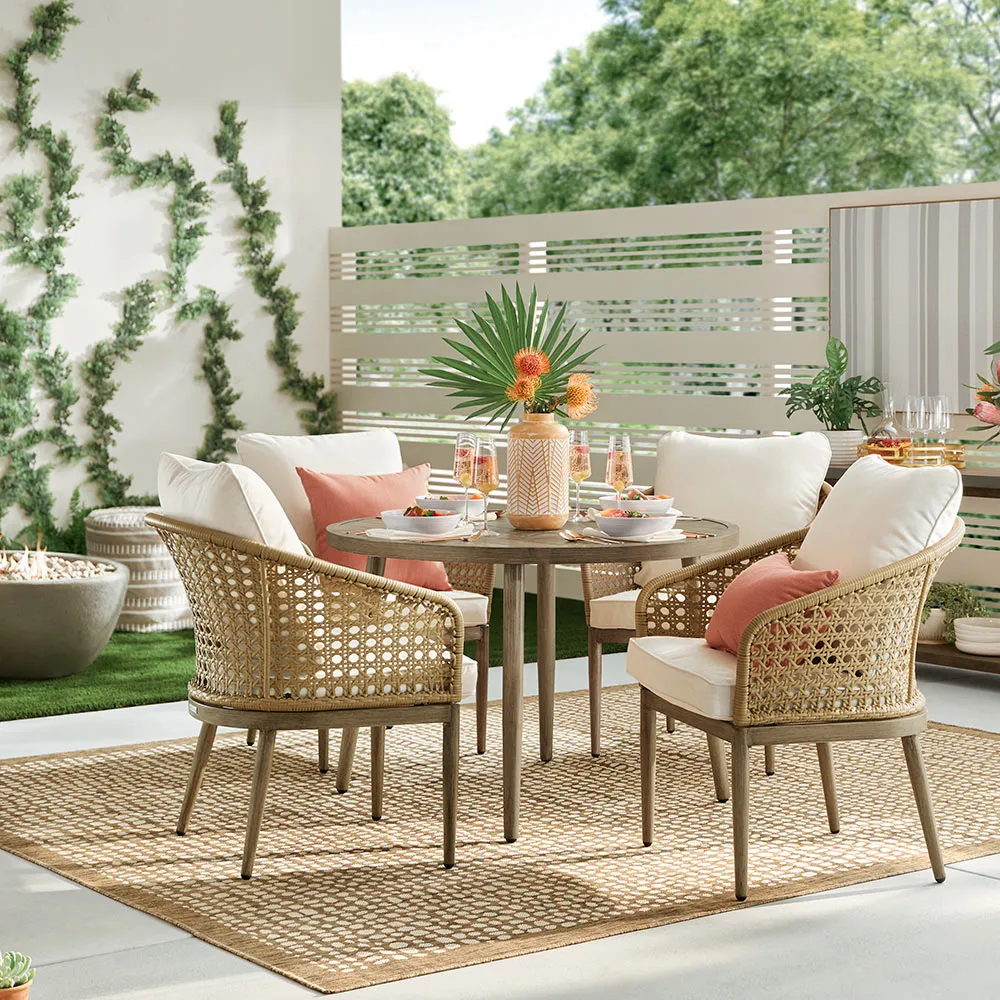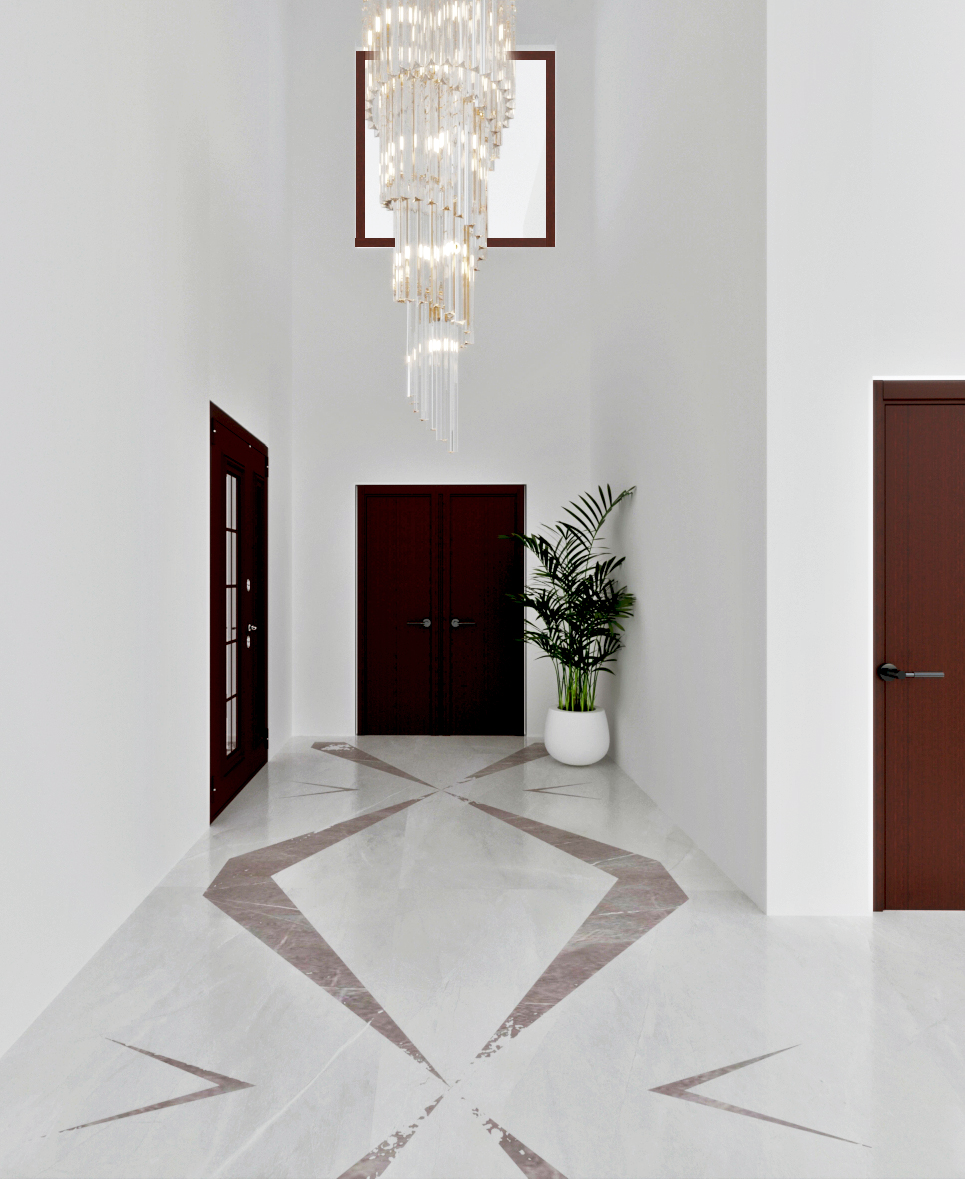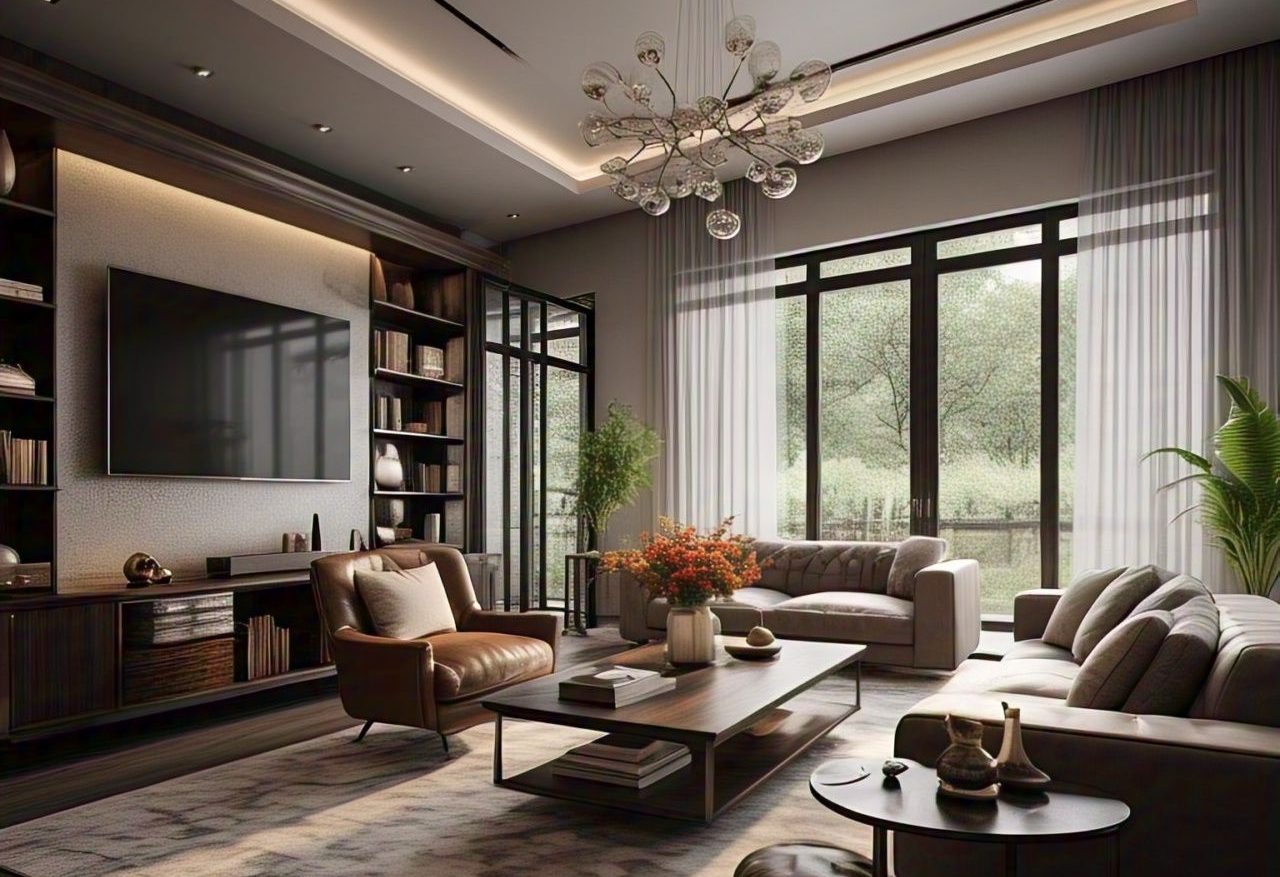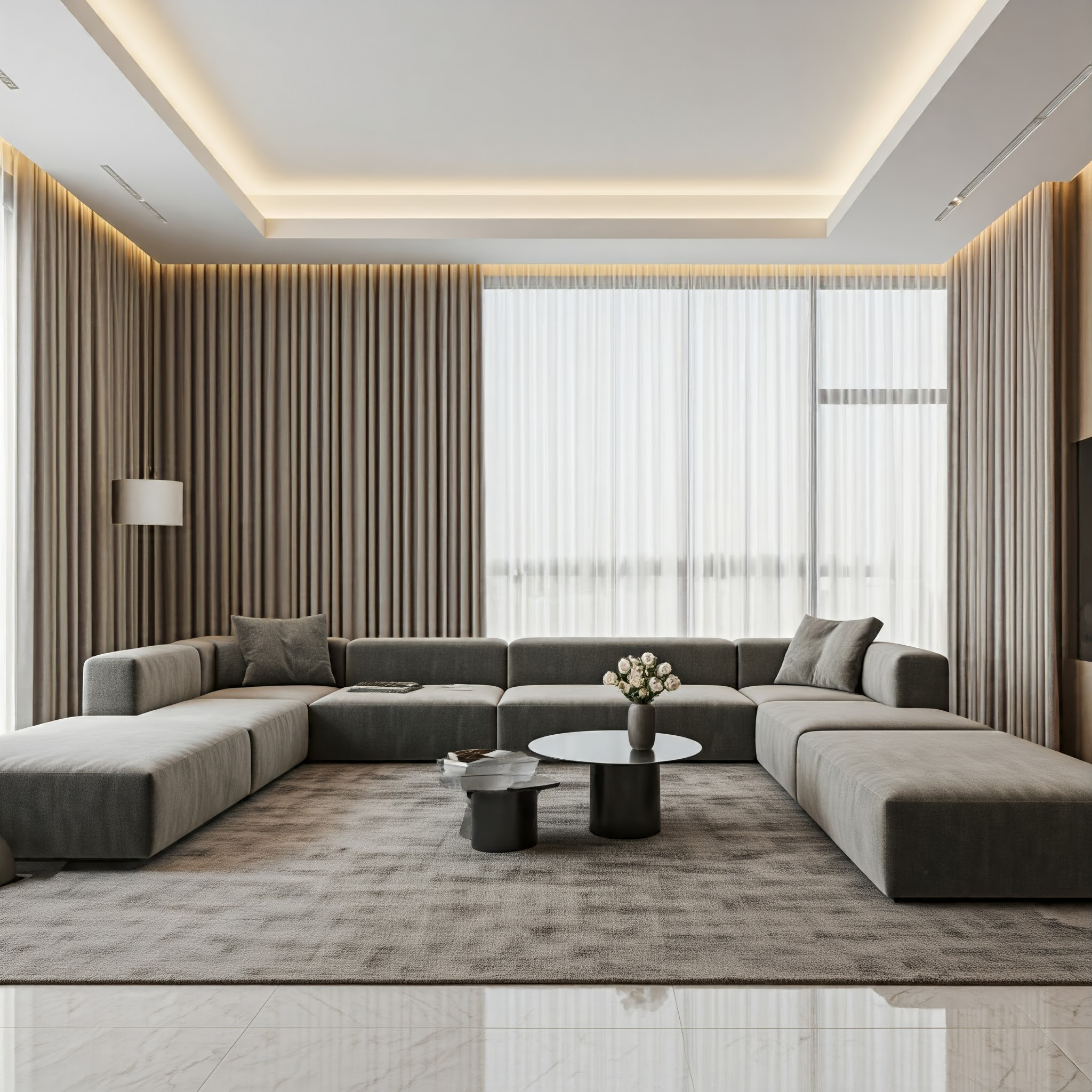Did you ever look around your house and wonder why it doesn’t feel right, even though you spent hours looking at Pinterest boards or choosing furniture from your favorite stores? You may have tried to remake a room on your own, but it doesn’t quite work out the way you thought it would. Has anyone ever been in a room that felt squished, crowded, or even a little crazy? Yes, you are not alone. A lot of people are having the same problem. Interior design is more than just choosing the coolest colors and furniture. It’s about making a place that works for you and feels like home.
Making a well-designed place can be hard because it’s easy to make mistakes that you might not notice at first. These mistakes can throw off the mood of a room: picking the wrong size of furniture, not noticing how important lighting is, or adding too many trendy touches. The good news is that these mistakes are simple to fix once you know what went wrong. Here are some of the most common mistakes people make when they decorate their homes, along with tips on how to fix them and make a place you love.
12 Common Interior Design Mistakes and How to Fix Them
1. Not Planning the Outline
What to do?
Plan out how you’ll use the room first. Is it a family room where everyone hangs out and unwinds? A home office where you need to set things up so they work? It’s much easier to design around a goal once you know what it is for. Think about pieces of furniture that are both nice to look at and useful, like tables that can be used for more than one thing or storage units that keep things neat. A well-planned layout can make a room feel bigger and more open, and it can make sure that every corner has a purpose.
Important Points:
Don’t just think about how the area looks; think about how it will be used.
Try planning ideas that focus on how the room flows and moves.
Small rooms are great for furniture that can be used for more than one thing, like storage ottomans or desks that can be folded up.
2. Furniture Size Issue
Size does matter when it comes to furniture. People often mess up when they choose pieces that are too big or too small for the room. Furniture that is too big or too small can make a room feel crowded, and furniture that is too small or too big can make a room feel empty or disconnected. The key to making a balanced, pleasing place is to make sure that the sizes and proportions of your furniture are just right.
What to do?
Carefully measure your room before you buy any furniture. Measure the area with a tape measure, making sure to leave enough space for walks and natural movement. Pay attention to how big the furniture is in relation to the room. You want the pieces to fit in without taking over or getting lost. You can also use apps and other tools to see how your furniture will fit together before you buy it.
Important Points:
Before you buy furniture, you should always measure the room to make sure it will fit.
Opt for furniture that is the right size for the room to keep the look clean.
You can see your plan and make better decisions with the help of apps and online tools.
3. Ignoring the Lighting Design
Lights are often forgotten when designing a home, but they have a big impact on how a room feels. When a room doesn’t have enough layers of light or too much ceiling lighting, it can feel flat and cold. Too strong or too dim lighting, on the other hand, can change the whole mood of a room.
What to do?
There are three types of lighting: ambient (general lighting), task (directed lighting for certain activities), and accent (decorative lighting that draws attention to art or architecture). Mix all three to make a room that is well-lit and even. In this case, mix general lighting with task lighting (like a reading lamp) and accent lighting (like wall sconces or a spotlight on a piece of art). Choose light sources that go with the style and purpose of the room.
Important Points:
To add depth and warmth, use a mix of ambient, work, and accent lighting.
Layer your lights to keep rooms from being too bright or too dark.
Pick light sources that fit in with the rest of the design and make the room brighter.
4. Relying only on trends
When everything is talking about the newest design style, it’s easy to get caught up in it. But if you fill your home with too many popular colors, furniture, or decorations, they may start to look old as soon as the trend ends. What’s cool today might not be cool tomorrow.
What to do?
Focus on building a timeless base with classic furniture and decor instead of going all out with the latest trends. Then, add trendy accents that are easy to change. Style-forward throw pillows, rugs, or a large light fixture can dress up a plain couch and coffee table, for instance. With this method, you can change the way your space looks without having to redo it from scratch every year.
Important Points:
Make a base that will last by using classic furniture and decorations.
Add in trendy touches that are easy to change.
Trends should not take over your style; instead, they should add to it.
5. Not Understanding Color Psychology
The vibe and feel of a room can be changed by color, and picking the wrong shades can make the space feel cluttered or uncomfortable. If you don’t know about color psychology, your place might not make you feel the way you want it to, whether it’s because of a clash of colors or a too-sterile atmosphere.
What to do?
Find out how different colors can make you feel. As an example, blue tends to calm people down, while red can make them more energetic. Before you choose colors for a room, think about what it will be used for. For example, beds should have soothing colors, while living rooms and kitchens should have more lively colors. Follow a color scheme that goes from one room to the next, and think about using color tools to see how colors will look together before you decide.
Important Points:
Learn how the color of something can affect your mood and feelings.
Pick colors based on what the room is used for.
You can see how color schemes will look in your space by using tools.
6. Storage Issue
When designing the inside of a home, people often forget that it needs storage that works. If you don’t have it, clutter builds up quickly, making the area feel disorganized and out of control. Without a place to put your things, even the most beautiful rooms can feel too small.
What to do?
Think about how you can add secret or multipurpose storage to your design. Find pieces of furniture that can be used as storage, like beds with drawers or coffee tables with secret spaces. If you have a bigger room, you might need storage or shelves that are built in and match the style. Also, getting rid of clutter before starting to remake is important to keep from gathering more things than you need.
Important Points:
Add secret storage spaces to your furniture.
Multipurpose furniture can help you clear up.
Get rid of unnecessary things before you start the makeover to keep things in order.
7. Putting Artwork in the Wrong Place
Putting art in the wrong place can make a room look worse, but it can also make it look better. If you hang art in the wrong place, whether it’s too high, too low, or too small for the wall, it can make the room feel disconnected.
What to do?
A good rule of thumb is to hang art 57 to 60 inches above the floor, which is eye level. The art should be the right size for the wall. If it’s too small, it will look lost, and if it’s too big, it will take over the room. If you’re putting together a gallery wall, make sure the pieces are all lined up and spaced out properly.
Important Points:
For the best visual impact, hang art at eye level.
Make sure the artwork is the right size for the wall.
Align and space the pieces evenly to make an art wall that flows together.
8. Not Choosing a Focal Point
There should be a visual anchor, or main point, in every room. This could be a fireplace, a work of art, or a beautiful piece of furniture. If the room doesn’t have a central point, it can feel disorganized and lost.
What to do?
Put an interesting piece of furniture or art in the middle of the room to make it stand out or make it more interesting. Light this area up to make it stand out and get people’s attention. Make the focal point the most important thing in the room, and everything else will move around it.
Important Points:
Set up a clear center point in every room.
Use lights and decorations to draw attention to the main point.
Set the tone for the rest of the room by the main point.
9. Over decoration
Many people make the mistake of putting too much furniture or other things of decor in one room. This makes the space feel crowded and messes up the flow, making it hard to get around in.
What to do?
Follow the rule that “less is more.” Get rid of things that aren’t needed and focus on a few key pieces that make a statement. When choosing decorations, pick pieces that make a statement without taking over the room.
Important Points:
Choose key pieces that make an effect to avoid overcrowding.
Get rid of things that are taking up space to make more room.
When you buy furniture and decorations, think about quality over number.
10. Importance of Rugs
Choosing the right rug can bring a room together, but picking the wrong one can make it look worse. If the rug is too small or not in the right place, it can make the room look uneven and unfinished.
What to do?
It’s important to pick a rug that fits the room’s size and furniture. It’s best for rugs in living rooms to be big enough to fit under all the front legs of large furniture. Putting rugs on top of each other can give a room more depth and texture, making it feel warm and inviting.
Important Points:
Make sure the rug fits the room and furniture well.
You can add more texture and warmth by layering mats.
Rugs should be put in places where they will make the room look better, not worse.
11. Balancing Between Open and Occupied Space
Another common mistake is not thinking about how big or small the furniture and decorations are. When you put big pieces of furniture in a small room or small pieces of furniture in a big room, the space can feel off.
What to do?
Pay attention to scale and balance when you choose furniture. Choose light, small pieces that won’t take up too much space if you have a small room. If the room is big, make sure the furniture is big enough to fit without being too crowded.
Important Points:
Think about how big and how close together the furniture is in relation to the room’s size.
Light, small furniture works well in small places.
For big rooms to work well, the furniture needs to be big too.
12. Problem with Skipping Personal Touches
A well-designed room should show off your style and personality. Without your own touches, your room might feel more like a store than a place that is just for you.
What to do?
Add personal touches to the design, such as family pictures, souvenirs from travels, or heirlooms. These things can be used as decorations and also make the room feel more real and personal. Just make sure that there are the right amount of personal touches and design elements that go together to get a smooth look.
Important Points:
Add things that are important to you to make the place feel more like home.
Find a good mix between personal touches and design that flows well.
To add personality and warmth, use art that has meaning.
In conclusion
You can make a place that is both functional and beautiful if you don’t make these common interior design mistakes. Don’t forget to think about how the room will be used, and put functionality ahead of looks. Do not be scared to try new things and make small changes. Making a place that makes you feel good and gives you ideas is the most important thing. To get a home that really shows off your style, start small and learn as you go. Do you have any questions or design tips to share? Leave them in the comments section below!
FAQs
What should I pay attention to first when I’m redesigning a room?
First, think about what the room is for—how you plan to use it. This will help you choose the right furniture, layout, and general style.
How do I choose furniture that fits my room?
Carefully measure the room and think about how big the furniture will be. Make sure there is enough space between the pieces of furniture so that you can move around easily.
How can I keep my room from getting too crowded?
Instead of putting too many small things in the room, choose a few big pieces that make a statement. Regularly get rid of trash and pay attention to the room’s most important features.
When I plan my home, can I use trends without making it look old?
Yes! Add details or decorations that are easy to change to follow trends, but keep your main furniture and design elements classic.
